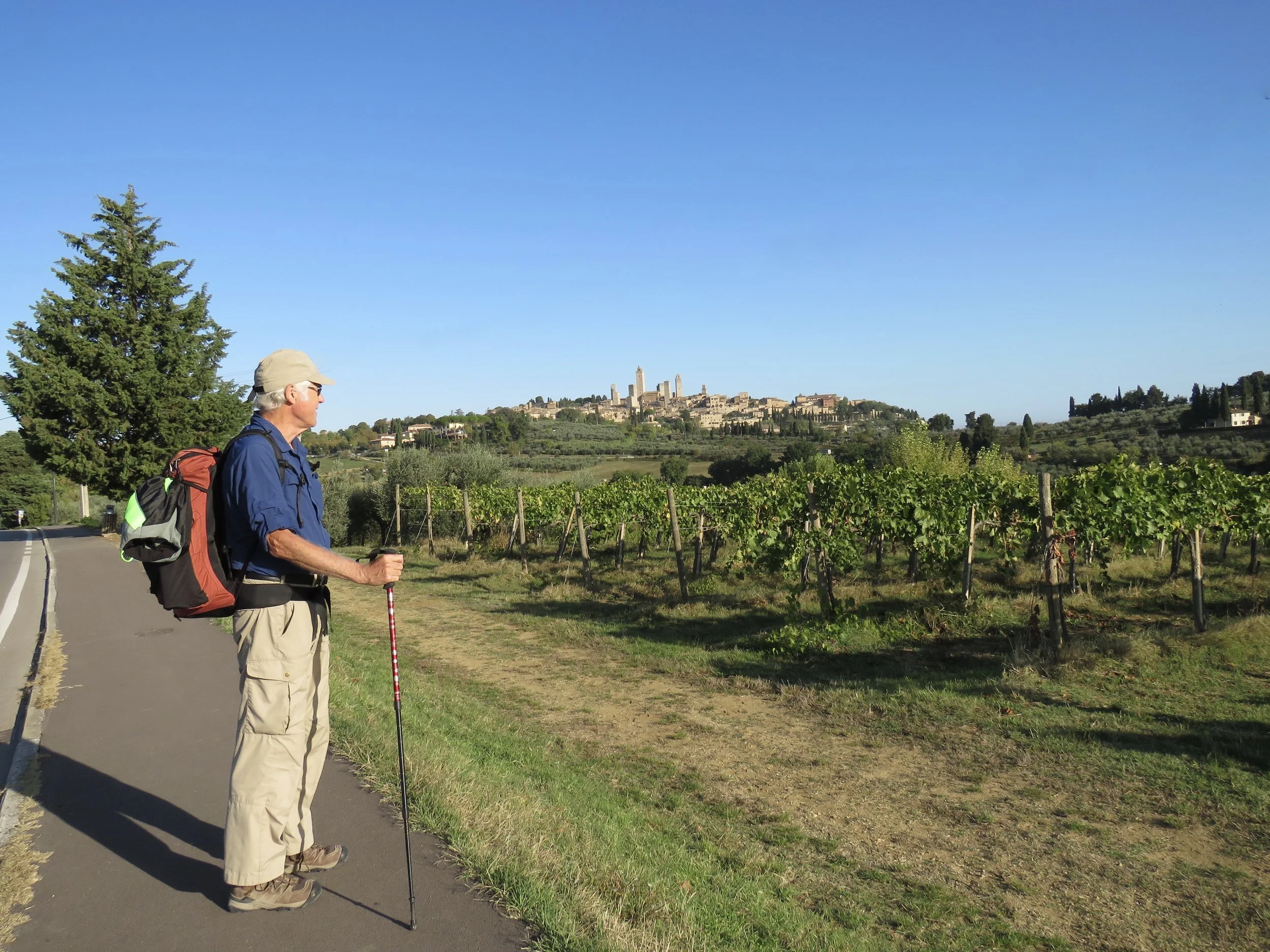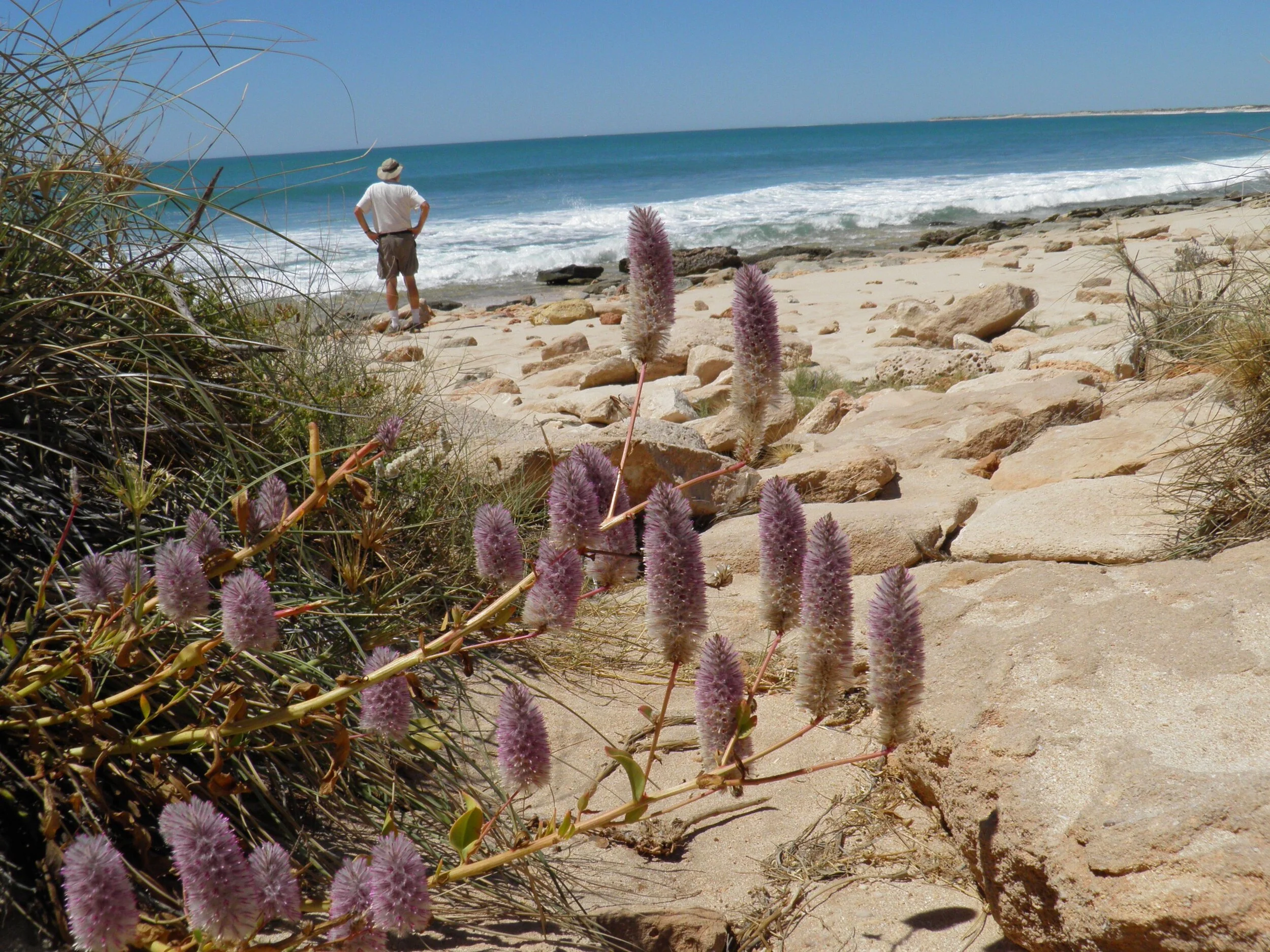My favourite photo of Australia: land, water, sky.
Australia has the best place names ever.
I always liked the Alaskan town called Tok. But Australia has one better: Bukbukluk!
Did you know that the town in Alaska called Chicken, was originally called Ptargiman. But no one knew how to spell it so they changed it to Chicken.
Australia has the following gems:
How would you like to live in Humpty Doo?
You heard of Kakado but how about Jimbalakudunj?
Then there is Tom Price,
Monkey Mia and
Wurrumenbumanja.
There’s a town called Wishbone and a place called Useless Loop.
Wouldn’t you love to see a place called The Bungle Bungles? It’s a area of unusual rock formations.
If you had enough pieces, and if you were allowed geographical names in Scrabble, wouldn’t you love to spell Koombooloomba?
Goondiwindi and Toowoomba are not far from each other.
The longest place name is a hill in the south called Mamungkukumpurangkuntjunya! Say that one fast.
Many names here are, of course, British. There is Wales, Victoria, and so on.
But there’s also a bit of Dutch history, especially on the west coast where Dutch sailors either came ashore on purpose or by accident. We are near a town called Zuytdorp. There’s also Dirck Hertog’s Island. and Arnhemland. Today we visited Vlamingh Lighthouse. And of course Tasmania was named for the Dutch explorer Abel Tasman.
We saw a great t-shirt. It had a sign post pointing to: DIDYABRINGYURGROGALONG. Have to say it out loud to get it...
For now, we are on our way to the Ningaloo Reef. I can’t wait to see it, no matter how it is spelled.
Exmouth, Western Australia is a pretty isolated town. I felt that we had left the Outback, being on the coast, but people here still calls this the Outback. Exmouth feels like a small, laid-back beach town which might become really popular in a few years. It has a small centre with dive shops, a bakery, a grocery store. I have been to towns that boasted being famous for their wine, their cheese, having a giant lobster, or something like that. Exmouth holds the record for strongest mainland wind gust, measuring 267 kph! While we are here, it’s been trying to break that record. Very windy but that’s actually nice when it’s so hot.
But Exmouth is also very different from what we expected. I imagined the west coast to have green hills, perhaps because I’m a North American west coaster. Here the west coast, at least so far, is simply desert. Red rocks, shrub, even termite mounds right up to the ocean. There literally is only a row of sand dunes in between desert and reef.
Camping in Ningaloo Reef National Park
Oh, that reef. I’ll let you in on a secret...
We’ve all heard of the Great Barrier Reef. The west coast, has a similar reef. A bit smaller but still some 300 KM long... and this one is RIGHT off the main land. You don’t need to take an expensive cruise to reach it. You don’t need to go way out at 50 knots an hour... You simply put on your mask and snorkel, wade out into the turquoise water and voila.... coral bommies all around: red fish, blue fish, yellow fish too. It’s awesome.
We camped in town first where a huge emu visited us. Then we found THE best spot in the entire Nigaloo Reef National Park - right off the beach with a view of the water and sand. The draw back is that national park campgrounds have no facilities. So we went unplugged and love it.
We enjoyed a glass of wine with fellow campers, listened to stories of kite surfing and sailing on the blue corral lagoon. Kangaroos lazed around us in the shade. Then we made dinner and watched the sun set.
Now, we’ve been telling you all about how wonderful our Australian travels are: warm temperatures, swimming, tropical beaches... So we figure it’s time to tell you about the other side of traveling. How it’s not at all what it’s cracked up to be. If you have to stay home, this may make you feel better:
:-( The distances we have to drive here to get anywhere are terrible... One day we did 930 KM.
:-(The temperatures can be murder. It’s been an average of 33 degree, sometimes up to 41 degrees C.
:-( The flies are awful... they insist on settling permanently up your nose.
:-( You always have to walk to a shower building, dragging all of your clothes, towel, toiletries, the key... Then you have to balance on one foot in a wet showerstall, trying to get dressed.
:-( The flies are terrible.
:-( There’s no Heineken to be found in the Outback! Talk about hardship…
:-( It’s hard to find good coffee here, especially in the supermarket. Almost only instant.
: -( You should see the flies here.
:-( We keep hearing about killer jellyfish, crocs, spiders, snakes.. That sort of stuff starts to take a toll on the mind. And don’t ever forget to lift up a toilet seat before sitting on it. You do have to check for tiny but deadly spiders…
:-( We have a sunburn. And sand in unmentionable places.
:-( There’s just two of us. If you want a new conversation it gets limited sometimes.
:-( When we run out of a book to read, all we can do is hope to find a book exchange in the next campground. New paperbacks are $20.- here.
:-( Our stove has 3 burners but you can only fit two small pans on it at once.
:-( Did I mention the flies?
:-( Our fridge is about a quarter of a normal one. And it’s full of beer. “Baby beer,” Kees says, referring to the alcohol content of 2.5%.
:-( Almost no internet, and if we can get it it’s expensive.
:-( You should see the flies. They like beer.
:-( Our bathroom is about half the size of a small broom closet. Try pulling up your pants in that.
:-( We see more roadkill than houses.
There. I hope this makes you feel better.
Now I have to run. To the gorgeous white sand beach with the blue water and palm trees. Sorry.





















